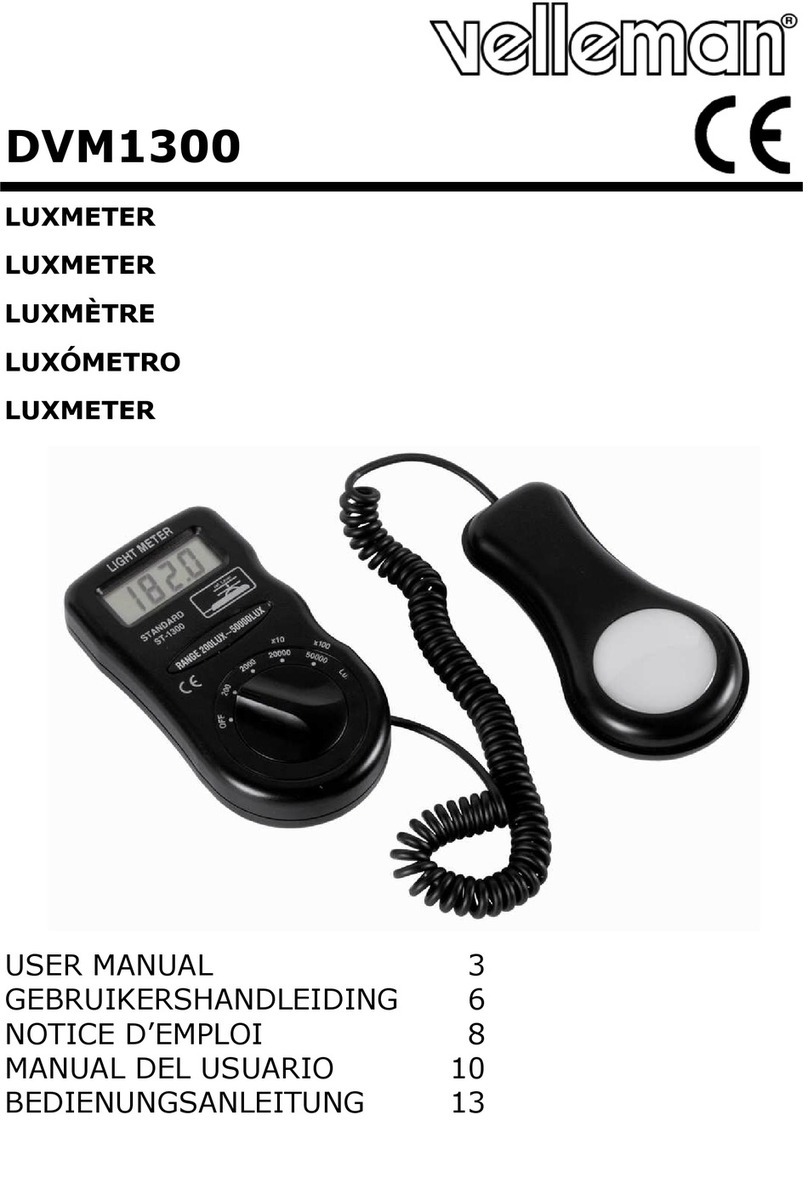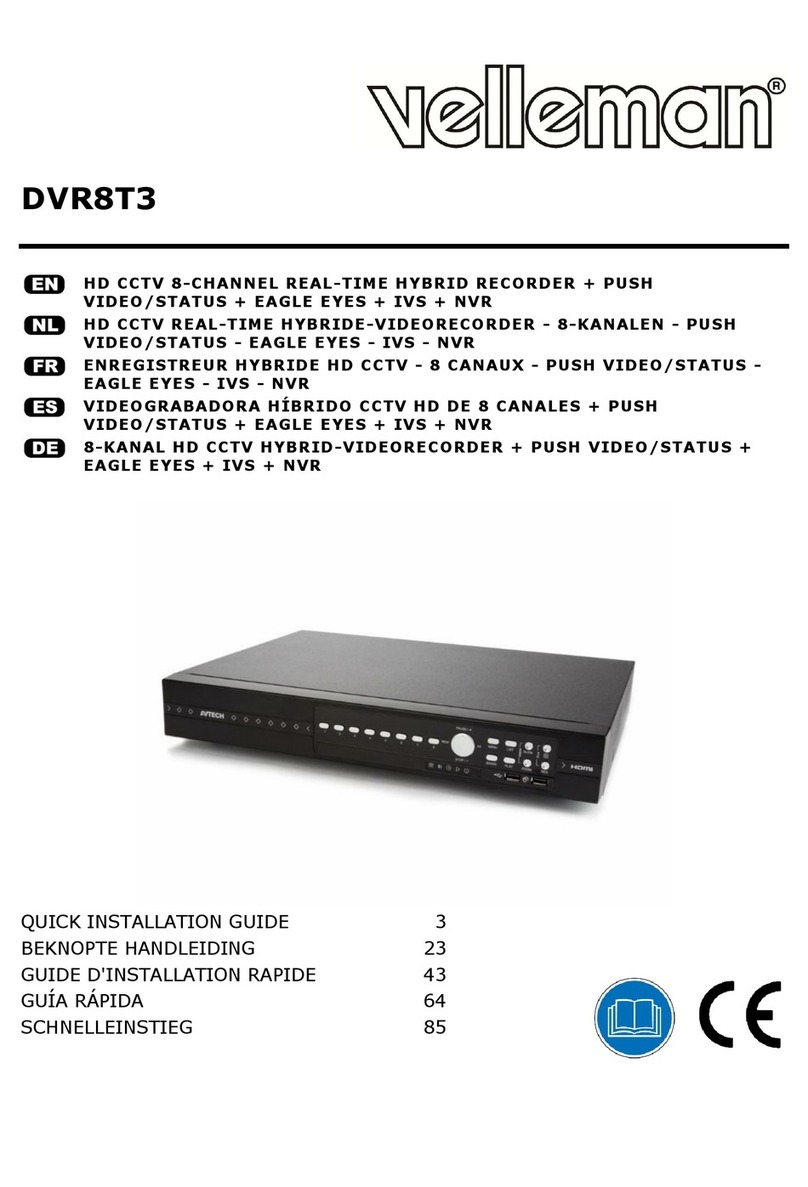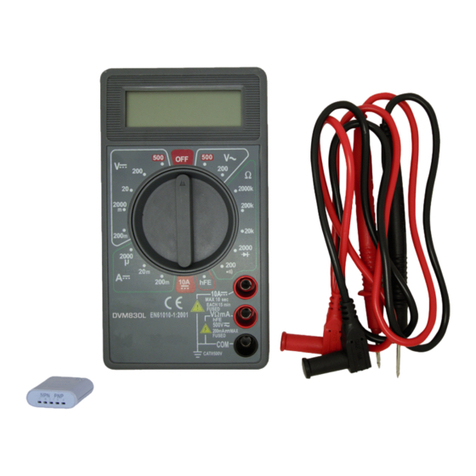Velleman DCM267 User manual
Other Velleman Measuring Instrument manuals
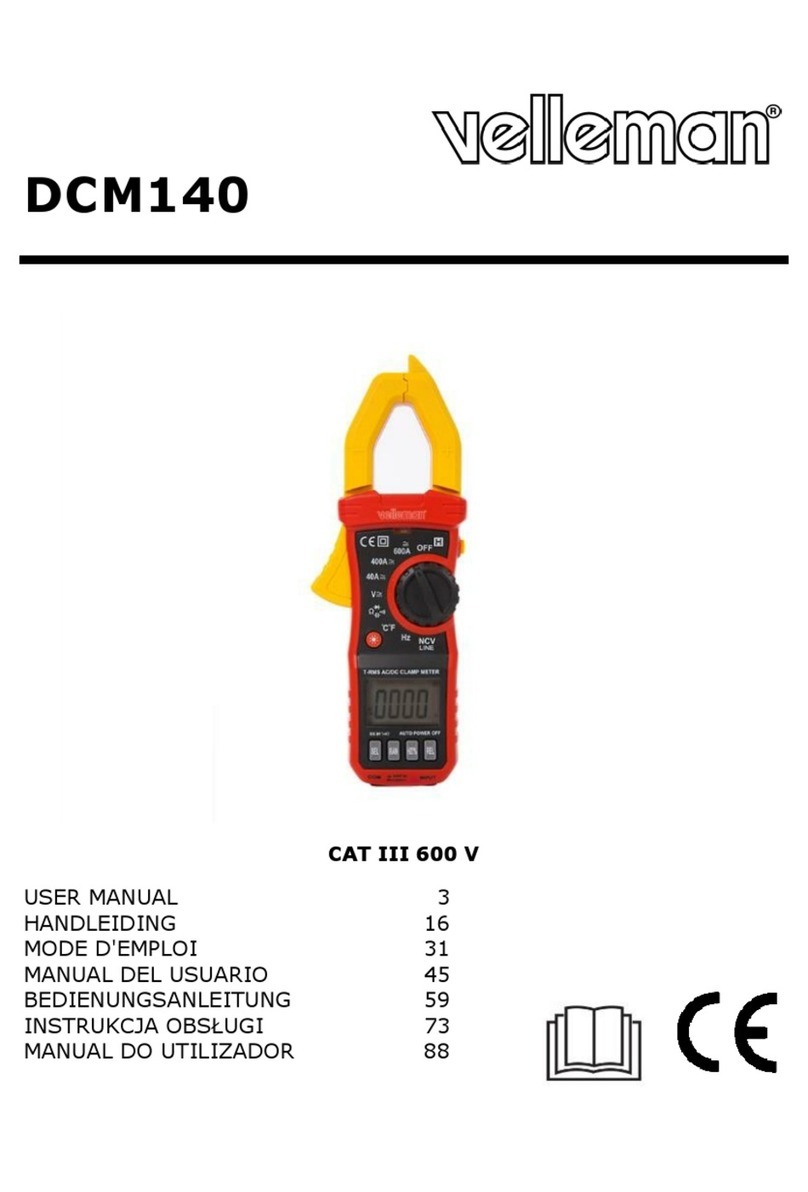
Velleman
Velleman DCM140 User manual
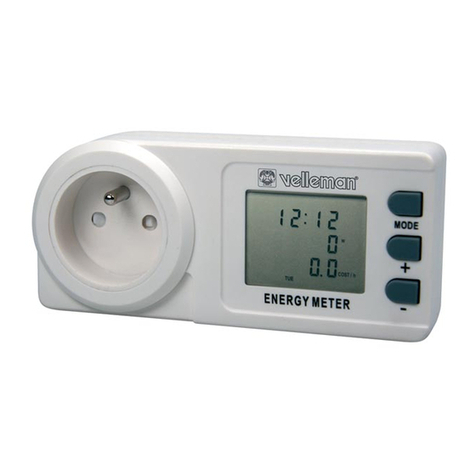
Velleman
Velleman NETBPEM3 User manual
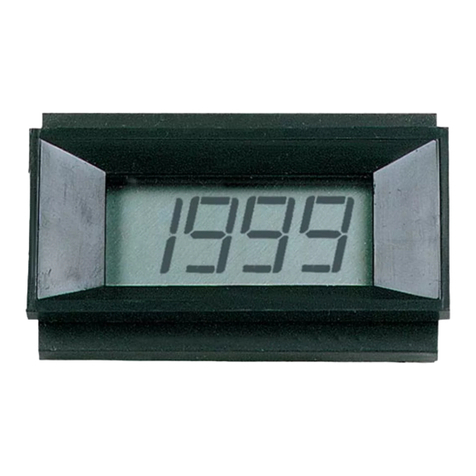
Velleman
Velleman PMLCD User manual
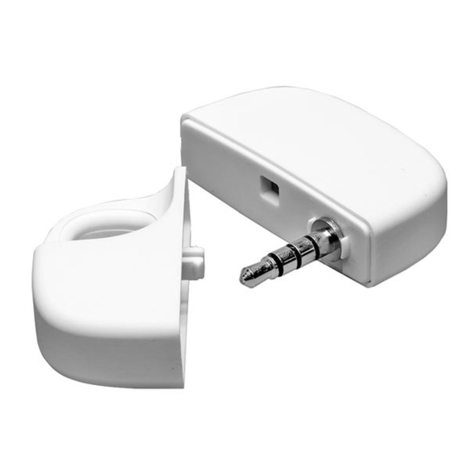
Velleman
Velleman PCMPTEMP User manual
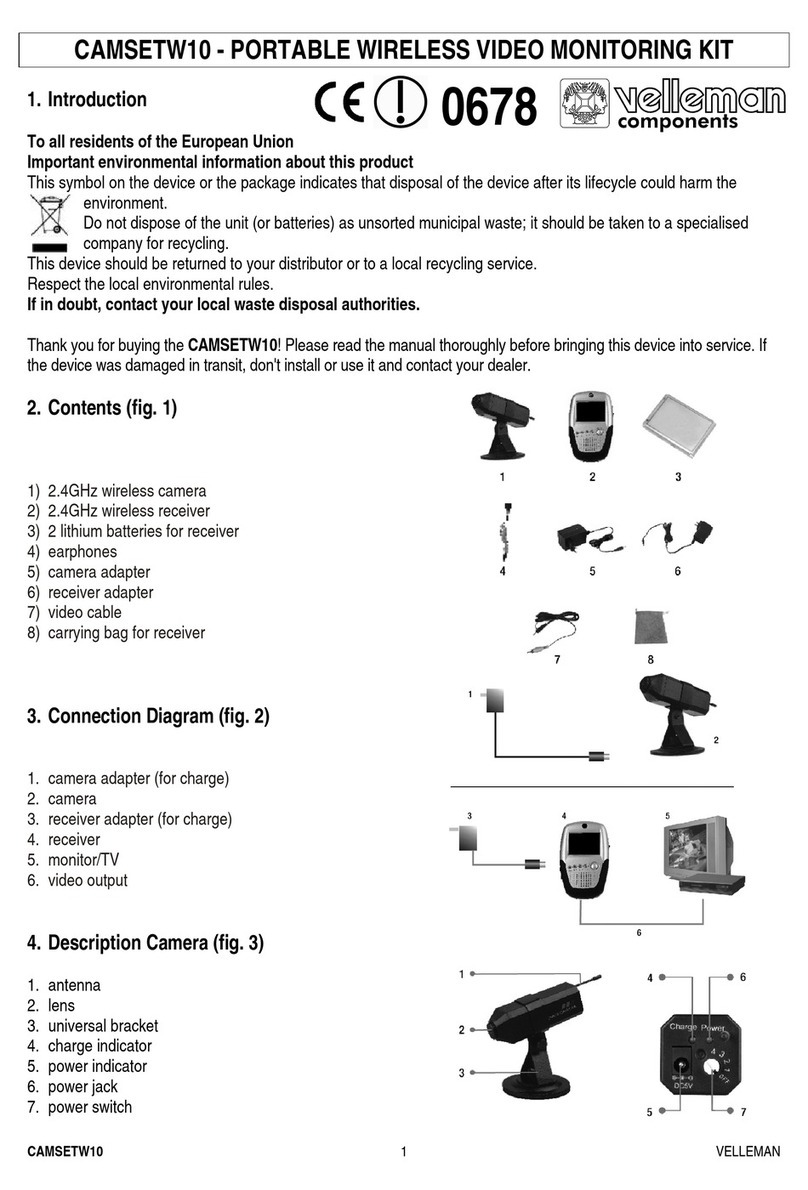
Velleman
Velleman CAMSETW10 User manual
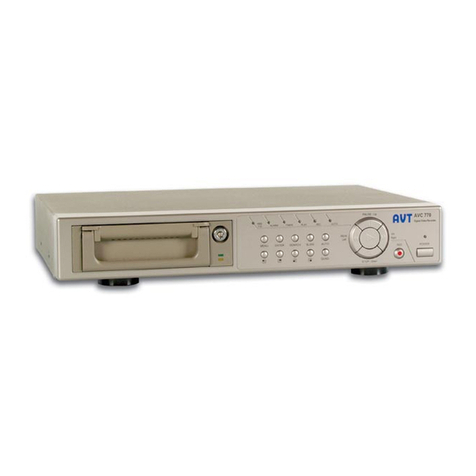
Velleman
Velleman DVR4QA User manual

Velleman
Velleman 3472BPN User manual

Velleman
Velleman DCM266L User manual
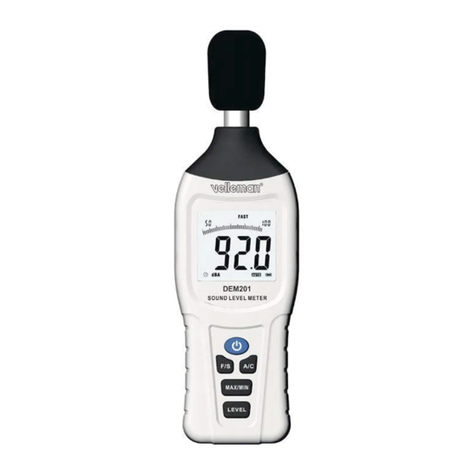
Velleman
Velleman DEM201 User manual

Velleman
Velleman DVR4H3 User manual
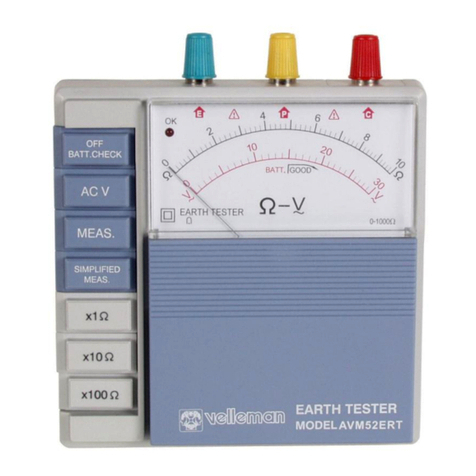
Velleman
Velleman AVM52ERT User manual
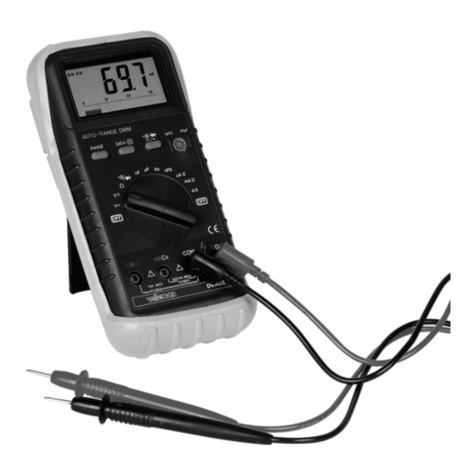
Velleman
Velleman DVM 68 User manual
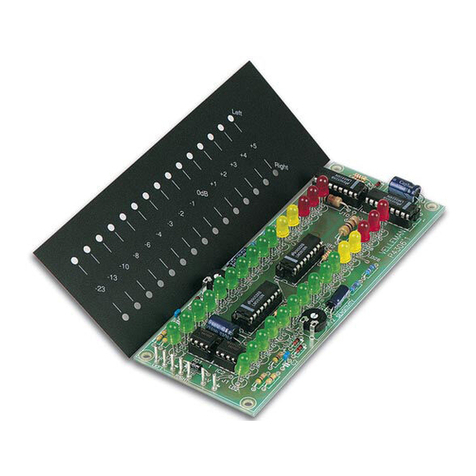
Velleman
Velleman K4306 User manual

Velleman
Velleman DCM269 User manual

Velleman
Velleman K4304 User manual

Velleman
Velleman DTO6234N User manual
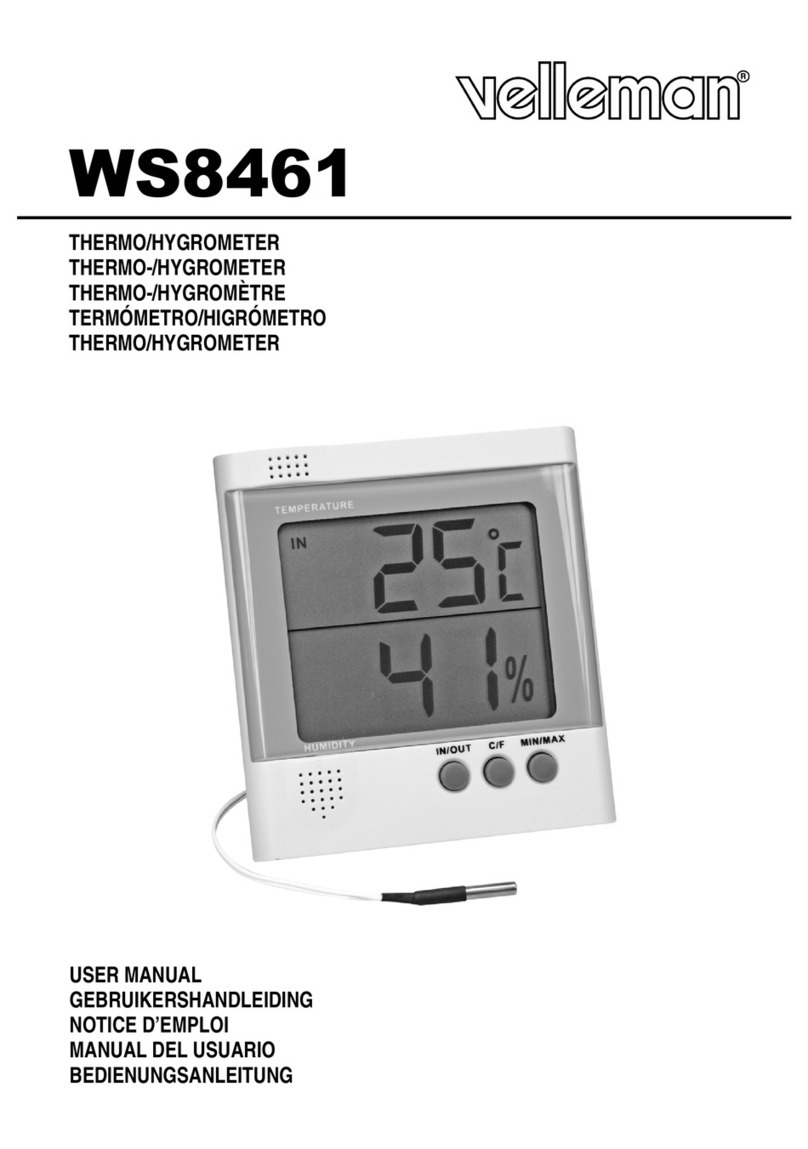
Velleman
Velleman WS8461 User manual
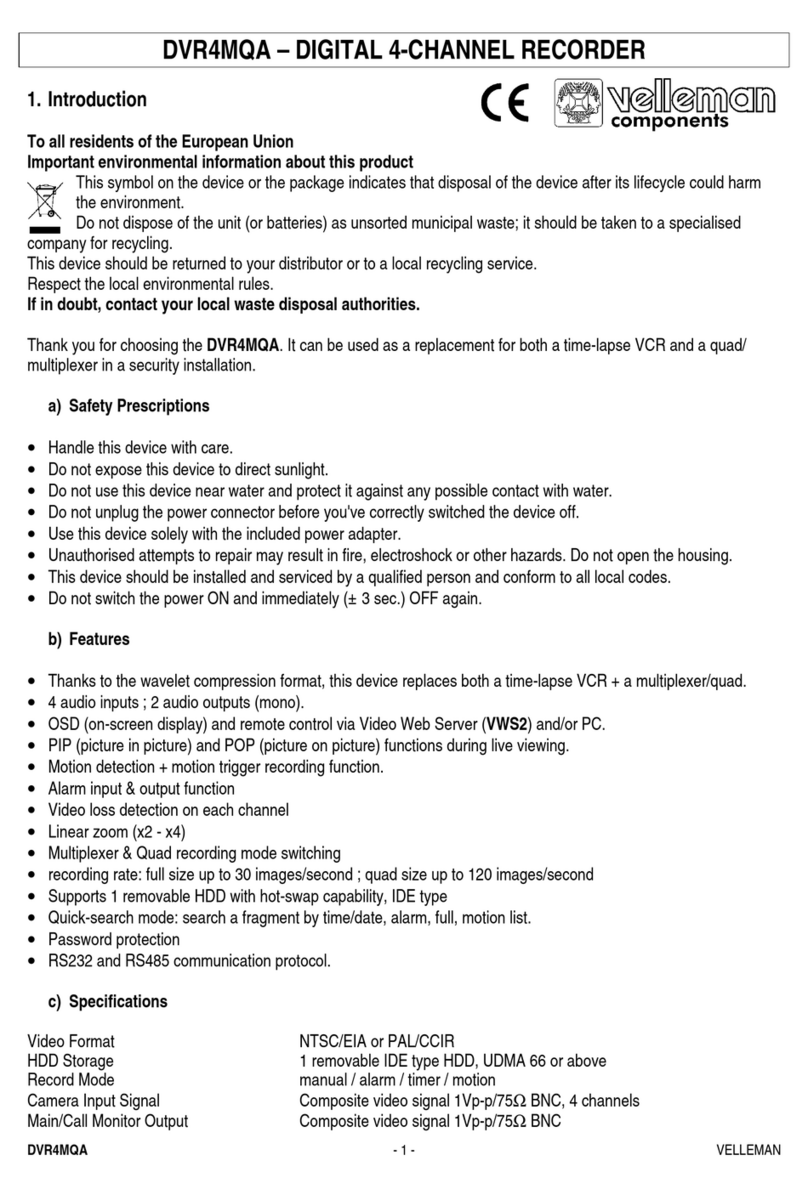
Velleman
Velleman DVR4MQA User manual
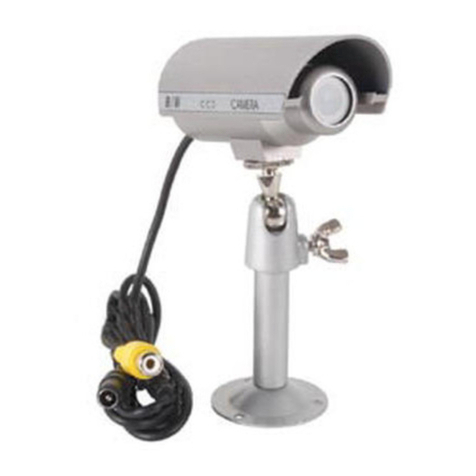
Velleman
Velleman CAMCOLBUL4 User manual
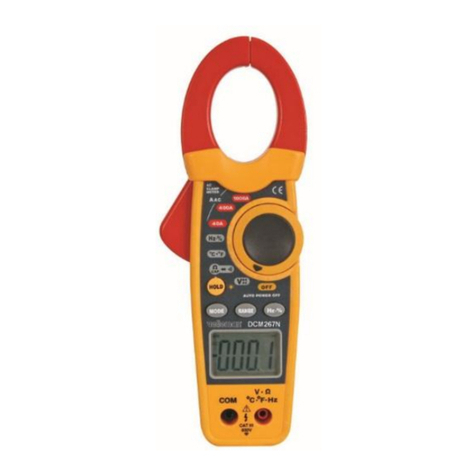
Velleman
Velleman DCM267N User manual
Popular Measuring Instrument manuals by other brands

Powerfix Profi
Powerfix Profi 278296 Operation and safety notes

Test Equipment Depot
Test Equipment Depot GVT-427B user manual

Fieldpiece
Fieldpiece ACH Operator's manual

FLYSURFER
FLYSURFER VIRON3 user manual

GMW
GMW TG uni 1 operating manual

Downeaster
Downeaster Wind & Weather Medallion Series instruction manual

Hanna Instruments
Hanna Instruments HI96725C instruction manual

Nokeval
Nokeval KMR260 quick guide

HOKUYO AUTOMATIC
HOKUYO AUTOMATIC UBG-05LN instruction manual

Fluke
Fluke 96000 Series Operator's manual

Test Products International
Test Products International SP565 user manual

General Sleep
General Sleep Zmachine Insight+ DT-200 Service manual

